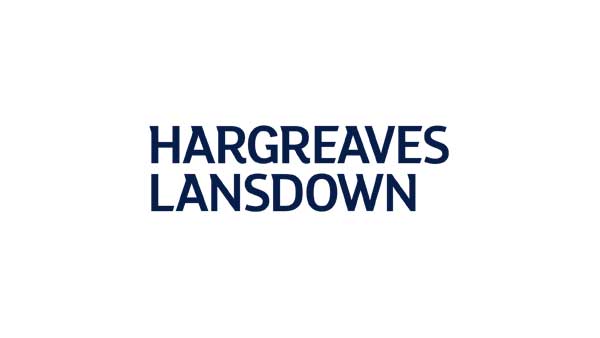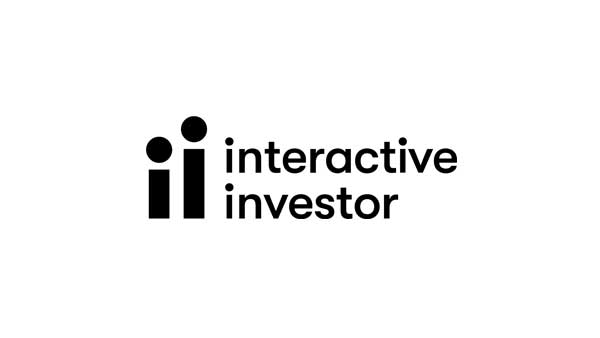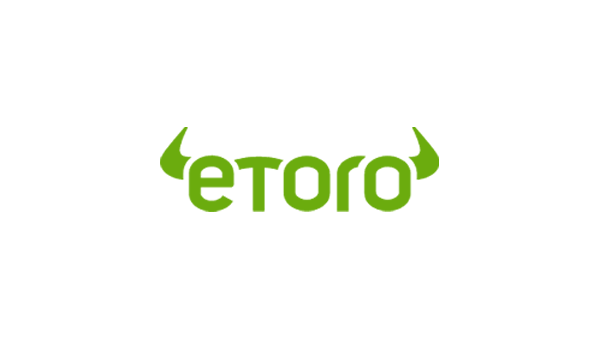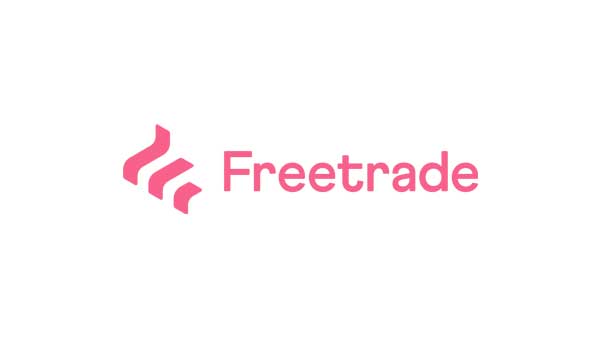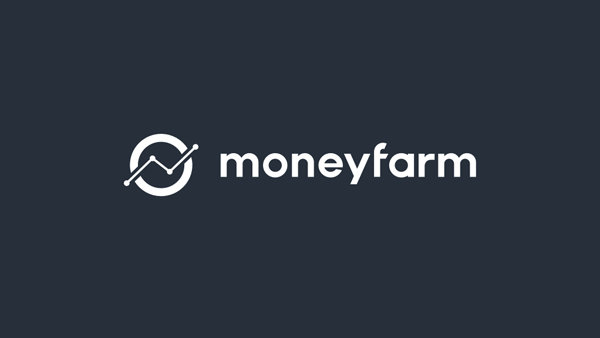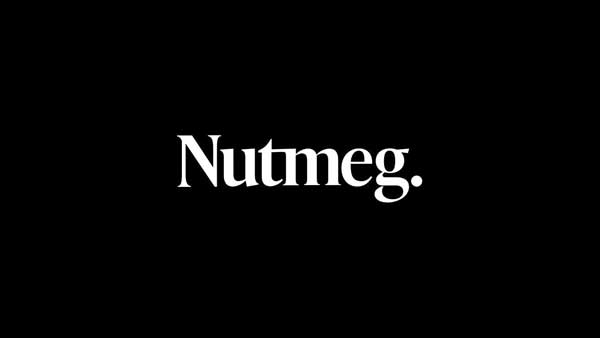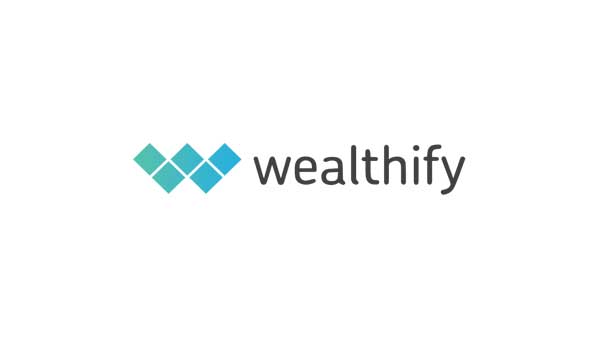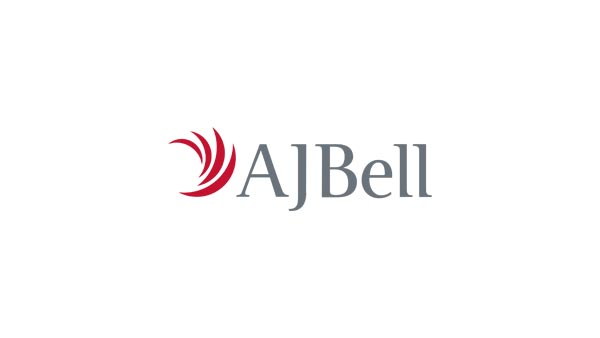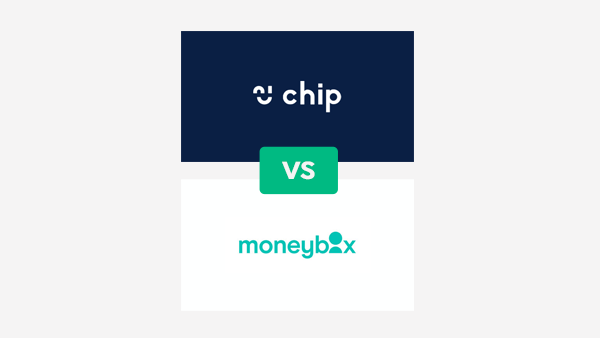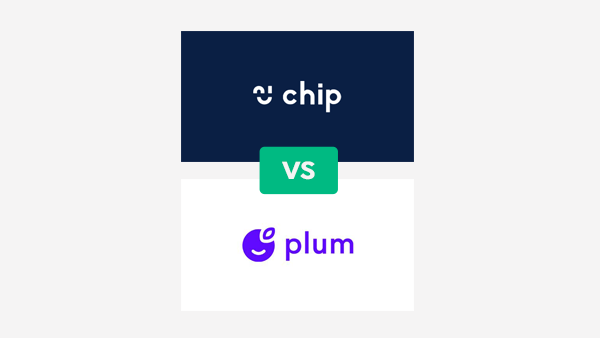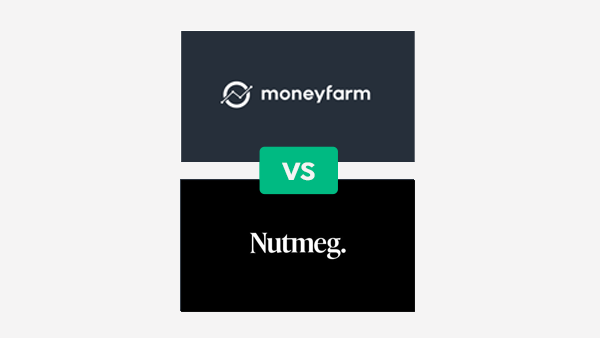UK residents can benefit from various tax-efficient ‘wrappers’, that they can hold investments within, and can pay no tax on the gains within these accounts. Most notably there are stocks and shares ISAs and SIPP (self-invested personal pension). These wrappers have a maximum amount that can be invested in any given financial year, for example for 2023/2024, the maximum ISA allowance is £20,000.
A general investment account has no special tax status, so the holder is liable for taxes on any gains made by investments within these accounts. However, there are also no limits on the amount that an investor can put into a general investment account.
General investment accounts will generally allow investors to buy shares, funds and ETFs, and are very flexible, with no restrictions on the amount you can put in or when or how much you take out.
All investment platforms will offer a general investment account alongside other products such as ISAs or SIPPs.
Tax on General Investment Accounts
As there is no tax relief on investments held within a GIA, investors will be liable to pay tax on any gains they get. These will generally fall into one of 3 categories:
Income tax on dividends:
If you receive dividend income on shares or funds you hold in you GIA, you will be liable for income tax. The first £1000 of dividend income each year is tax free, and then the dividend income tax rates are:
- Basic Rate taxpayer – 8.75%
- Higher rate taxpayer – 33.75%
- Additional rate taxpayer – 39.35%
Income tax on interest:
If you have assets within your GIA that pay interest, you will be subject to income tax on that interest. In 2023/2024, basic rate taxpayers had a tax free allowance of £1000 and for higher rate tax payers it is £500. Additional rate tax payers do not have an allowance.
Capital gains tax:
If you sell any assets held within your GIA, for example shares or funds, and you make a gain on these assets, then you may be liable for capital gains tax. If your gains are above your capital gains allowance, then the rates will be;
- Basic Rate taxpayer – 10%
- Higher rate taxpayer – 20%
- Additional rate taxpayer – 20%
If you hold assets within your GIA that appreciate in value, but you do not sell them i.e. you hold shares in a company and the value goes up, you do not need to pay tax on these gains.
General Investment Account or Stocks & Shares ISA?
It always makes sense to get a stocks and shares ISA to invest in as the first option, as it is tax free, up to the annual allowance, which is £20,000 in the 2023/2024 tax year. However, there are various reasons why you would want to use a general investment account in addition to your ISA.
You want to invest more
If you wish to invest more in a single tax year than your £20,000 ISA allowance, you can use a general investment account, which has no limitations on the amount you invest.
You want to try a different investment style
You may already have a stocks and shares ISA that does the investing for you (for example via a robo advisor). You can’t open more than one ISA of the same type in the same year, so if you wanted to invest in some other assets or on another platform, then you can use a general investment account.
Types of General Investment Account
The type of general investment account will depend on the type of investment platform you are using. Overall, investment platforms fall into 2 main broad types:
Active Investing
On active investing platforms, the investor is responsible for making the investment decisions and doing the trades. This means that you will need to decide on which assets to buy, and then use the platform to make these trades.
Examples of active investment platforms:
Passive Investing
With passive investing, the investor will leave the choosing of the investments and the actual trades to the investment platform. A traditional financial advisor will operate as a passive platform, as will a robo advisor, which is like a traditional financial advisor, but they use their technology to design the investment plans for customers. These platforms will generally have a wide variety of portfolios covering a range of risk levels and industry areas.
Examples of passive investment platforms:
- Traditional financial advisor
- Moneyfarm
- Nutmeg
- Wealthify
General Investment Account Fees
The fees for a general investment account will depend on the type of investment platform that is used. However, in general the fees will be in 4 different areas:
Platform Fees:
Every investment platform will take a percentage of the total investment held by the customer on an annual basis as a platform fee. For example, if the platform fee is 0.5%, then on an investment of £25,000, the platform fee will be £125 per year. Some platforms have flat fees, whilst others have fess that get progressively lower the more you have invested.
Fund Fees:
Many investment platforms will invest in funds such as ETFs, which will have a fund fee. These can range from as little as 0.05% to over 1%.
Market Spread:
Some platforms will add a cost to cover the market spread, which is the difference between the bid and ask price of an asset. This is generally a fraction of a percentage point.
Trading Fees:
The trading fees will only be relevant to active platforms where the investor does their own trades. Generally a platform will charge a set fee when an asset is traded.
In general (but not always), a passive platform will have higher annual fees than an active platform, although of course with a passive platform you will not incur trading fees.
Are General Investment Accounts safe?
With any investment platform, your capital is at risk. There is always the possibility that your investment will go down in value, or even that you could lose all of your investment. It is possible to mitigate this risk via diversification, i.e. ensuring that your capital is invested in a wide range of different assets. In addition, the length of time you invest is important. There are many examples of years where the stock market has underperformed interest rates on savings, and even gone into a minus. However, over longer periods of time such as 5, 10, 15 or 20 years, markets have performed better than savings accounts, and have beaten inflation.

